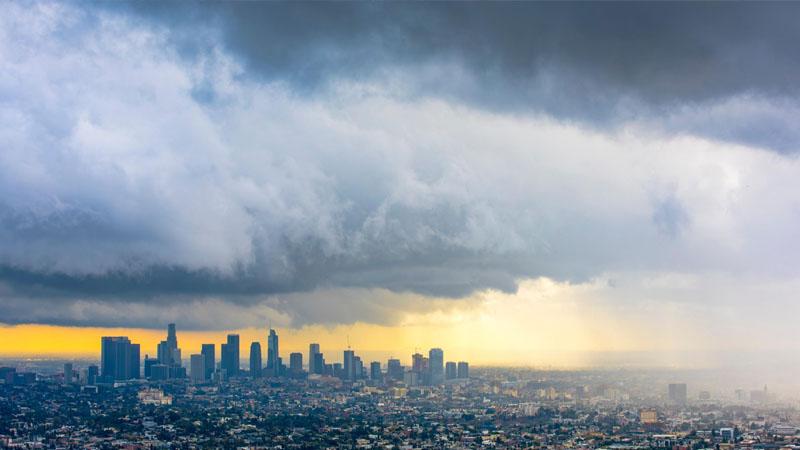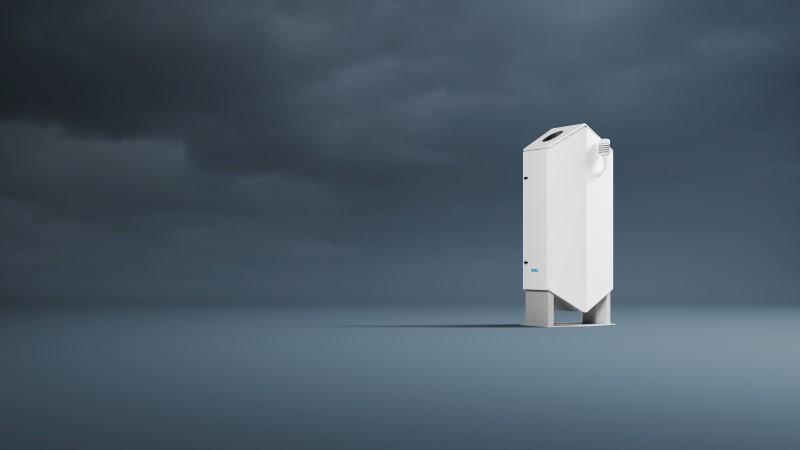Why continuous humidity profiling matters
The water vapor in the atmospheric boundary layer is one of the least actively monitored atmospheric parameters, and yet it holds the key to improved weather forecasting and severe weather prediction. In our rapidly evolving world, staying ahead of natural disasters and environmental threats is of paramount importance. Early warning systems play a critical role in protecting lives and property by providing timely information about impending hazards.
The role of humidity in early warning systems
Humidity, the amount of water vapor present in the air, is a fundamental component of our atmosphere. While it may not always grab headlines like hurricanes or wildfires, humidity plays a pivotal role in shaping weather patterns and environmental conditions. Understanding humidity is crucial for several reasons:
- Enhanced Weather Forecasting:
Meteorologists can use real-time humidity data to improve the accuracy of weather predictions, leading to more effective early warnings for storms, heavy rains, heat waves, and other weather-related events. - Flood Prediction:
Early detection of rising humidity levels can signal potential heavy rainfall, prompting flood warnings and evacuation plans. - Wildfire Management:
Continuous humidity profiling helps monitor dry conditions and enables early warnings of wildfire risk, allowing for proactive fire management and prevention efforts.
Monitoring the boundary layer is the game-changer
Traditionally, humidity measurements have been taken at specific spots through weather balloons twice a day. While this provides valuable data, radiosonde stations lack spatial coverage and real-time information needed for timely warnings. This is where continuous humidity profiling comes into play.
Among the technologies transforming the field of water vapor monitoring, Differential Absorption Lidar (DIAL) stands out as a game-changer. This remote-sensing technology allows us to "see the unseen" by providing highly accurate and real-time data on boundary layer humidity, helping us prepare and respond to heavy rains and flash flooding emergencies more effectively.
This approach offers several advantages:
- Real-Time Data:
Unlike traditional radiosonde measurement, DIAL offers continuous information on humidity levels in real-time, enabling early warning systems to respond rapidly to changing conditions. - Vertical Profiling:
Vertical humidity profiling in the planetary boundary layer allows a comprehensive understanding of conditions in the lowest layer of the atmosphere, and how they evolve over time. - Precision and Reliability:
The use of advanced ceilometer technology ensures accurate humidity measurements, enhancing the reliability of early warnings. - Localization:
Continuous profiling can specifically help in regions where there is a high risk for extreme weather conditions, providing targeted data for local early warning systems.
The future of numerical weather prediction models
As technology continues to advance, we can expect continuous humidity profiling to become even more accessible, and to be integrated into the numerical weather prediction models and early warning systems worldwide. This innovation represents a significant step forward in our quest to protect communities and safeguard lives and property in an ever-changing environment.
In the end, it is the integration of cutting-edge technologies like continuous humidity profiling that will make early warning systems more robust, resilient, and capable of breaking down the boundaries that have limited our ability to predict and prepare for the unforeseen.


